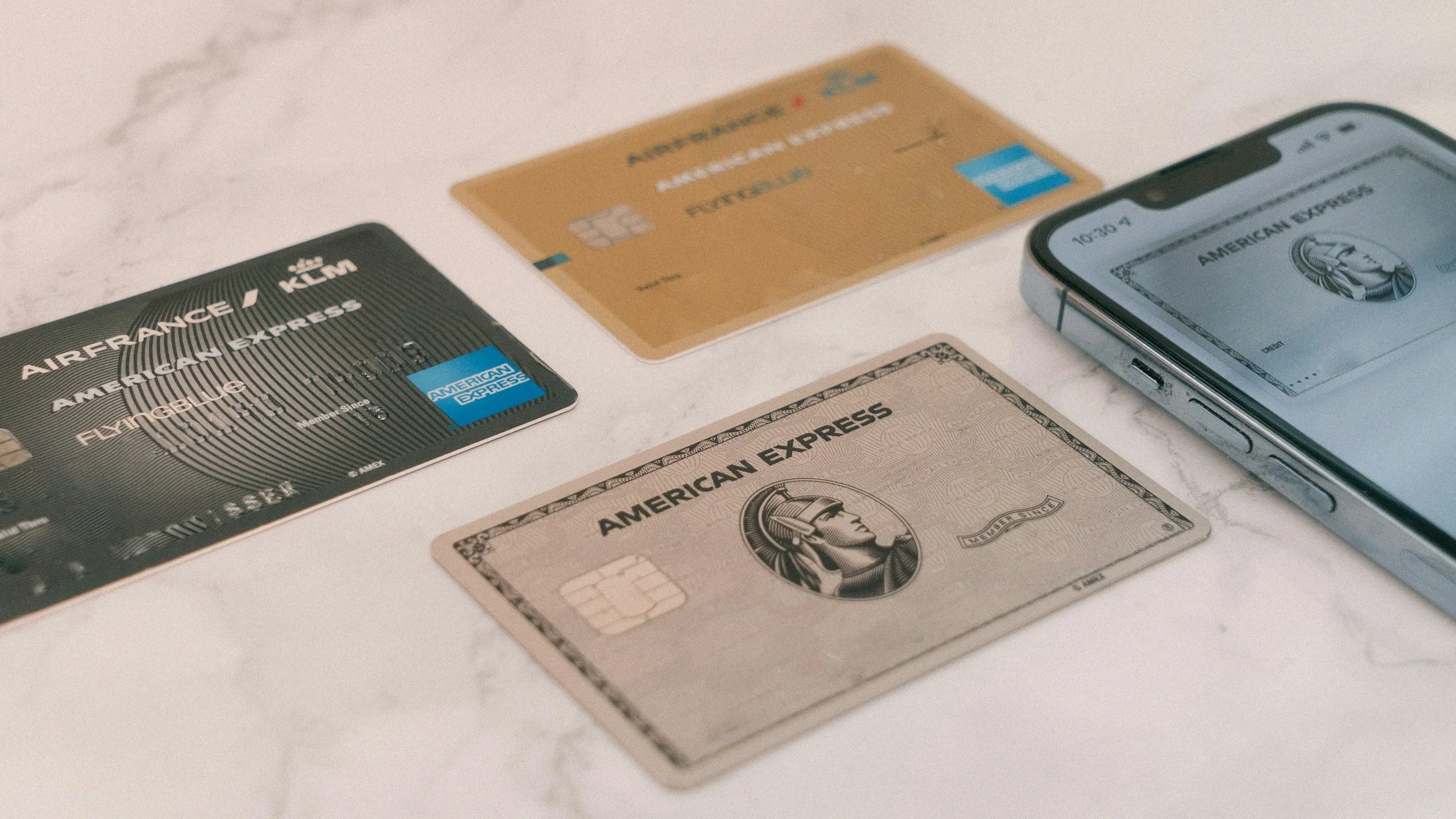How much credit card debt did you generate in undergrad or medical school? Chances are your debt is not limited to student loans, and you opened a credit card account or two in order to pay daily expenses. This is common, and credit card debt can feel just as overwhelming as your student loans. But this debt can actually work to your advantage if you make smart choices with those outstanding balances.
Credit is a double-edged sword. On one hand, good credit helps secure low interest rates on large purchases like a home. However, too much credit card debt becomes a steep, slippery slope that leads to higher interest rates, which only adds to what you owe. Poor credit can delay or even prevent you from making large purchases, so it's important to use credit as a tool for wealth management rather than a quick fix to buy now and pay later.
How can you make credit card balances work in your favor? Here are a few simple tricks:
1. LOWER YOUR CREDIT UTILIZATION RATIO
The primary tool used to measure your credit score is something called Credit Utilization Ratio. Credit agencies total up your outstanding credit card balances and divide that number by your total available credit. So, if your credit cards look like this:
CARD 1: $5,000 Limit; $1,000 Balance
CARD 2: $9,000 Limit; $2,000 Balance
CARD 3: $14,000 Limit; $6,000 Balance
Your credit utilization ratio is the total balance of $9,000 ($1,000+$2,000+$6,000) divided by the total available credit of $28,000 ($5,000+$9,000+$14,000).
In this scenario, your credit utilization ratio is 32.1%.
To lower your credit utilization ratio, you should lower all of your outstanding balances as quickly as possible. Low credit balances paired with high credit limits reduce your credit utilization ratio and improve your credit score. It might be tempting to close a credit card account after paying it off, but your credit utilization ratio will decrease if you leave it open.
What should you do if your balances are too high to pay down quickly? In this case, you have a couple of options. One is call the credit card company and ask for an increase in your credit limit. The other option to consider is opening a balance transfer card.
2. UTILIZE BALANCE TRANSFER CARDS
A balance transfer card is a credit card with low- or zero-interest for a fixed period of time (usually 12-15 months) that allows you to transfer all or a partial balance from another card. You should only do this as a way to effectively pay down debt, not to delay payment or move balances around. Balance transfer cards help you pay credit balances without interest as long as you pay off the card before the low rate expires. The easiest way to do that is through automated payments.
3. SET UP AUTOMATED PAYMENTS
Have you ever driven for hours on the interstate and felt the weight of every second as it passes? Sometimes debt repayment feels like that - you watch every cent leave your checking account and slowly...pay...off...your...credit...card.
It's exhausting.
Most banks now offer online banking with which you can set up automated payments to draft from your checking or savings account at regular intervals. To set this up strategically, determine the amount of time you wish to allocate toward paying down your credit card, divide those number of months/payments by the balance you're trying to pay off, and set that amount to be debited from your account at regular intervals.
Setting up automated payments helps with the psychological weight of debt repayment in two ways:
1) It frees you from the constant stress of checking balances daily, weekly, or monthly. When you know the debt is being paid down automatically, your mind is freed up to focus on more important matters.
2) It gives you a better picture of your financial timeline. With a timeline in place, you can establish realistic financial goals with more precision.
You can assign automated payments to all of your cards, or focus on paying down one at a time.
4. BE INTENTIONAL AND TAKE ADVANTAGE OF REWARD PROGRAMS
It's easy to create a habit in which you rely on credit cards the way you rely on your salary. But credit cards are not a source of income, nor are they a sustainable method for paying daily expenses. Sure, they might have been necessary for a season of life in which they helped you get by. But as your income increases, become more intentional with the way and the reason you use credit cards.
One strategy is to put as much as you can on credit cards, so long as you're set up to automatically pay off the balance(s) each month. Doing this maximizes benefit programs like points or cash back that help you acquire things like plane tickets, hotels for family vacations, gift cards, or other items at a lower amount than if you paid out of pocket. These programs are beneficial for people with high income and high monthly expenses.
Credit card debt can be overwhelming without a proper strategy. But credit cards, when used for their purpose and to your advantage, can be a valuable tool for achieving your financial goals.



